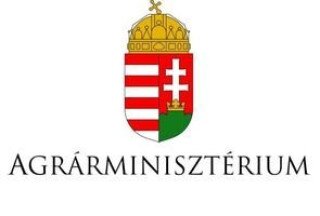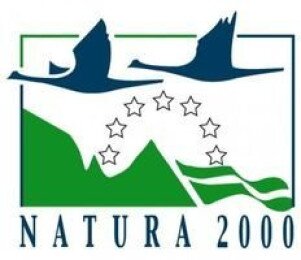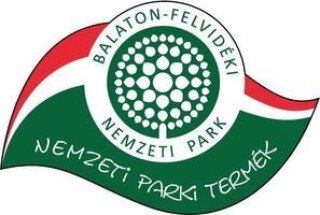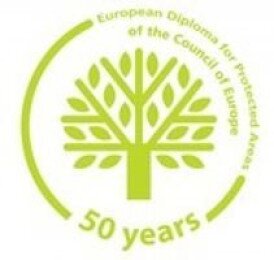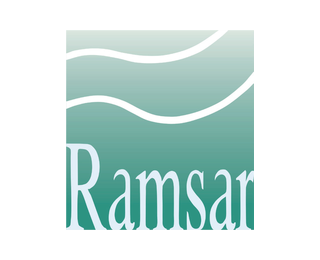The Ramsar Convention was signed on 18 February 1971 by 18 countries and came into force on 21 December 1975. The official name of the convention is "Convention on Wetlands of International Importance especially as Waterfowl Habitat".
The joining countries set the aim of international cooperation for the protection of wetlands that are important for migrating waterfowl. Today the Convention provides a framework for national and international action for the protection of wetlands on Earth. Presently (2021) the Convention is signed by 160 countries, representing 2.414 wetlands.
The expression "wetland" includes all the different types of natural and man-made habitats on areas of permanent and periodic/intermittent inundation, with static or flowing water.
Parties to the Convention commit themselves to: designate at least one site that meets the Ramsar Criteria for inclusion in the Ramsar List and ensure maintenance and protection of the proper ecological character of each Ramsar site. After joining the Ramsar Convention in 1979, Hungary inscribed many wetland sites on the list of wetlands of international importance. The Ramsar sites in Hungary include all characteristic types of wetland areas in the Carpathian Basin: lakes, marshes, alkaline lakes, bogs, backwaters, river stretches, wet meadows, man-made fish farms and reservoirs.
Three Ramsar sites can be found within the operational area of our national park directorate: Kis-Balaton, Lake Balaton (between 1st October – 30th April) and Fishponds and Marshlands South of Lake Balaton.
More information:
www.ramsar.hu
https://www.ramsar.org/


